Remembering the Automat with Marianne Hardart & Lorraine Diehl
Revisit the golden age of the NYC automat and learn about its modern revival!


Beneath a tree on a (landlocked) college campus in New Jersey, there’s a cornerstone of a bridge that leads to nowhere. The stone is the only trace of a planned 6,000-foot-bridge that would have spanned the Hudson River from Manhattan’s 23rd Street at 10th Avenue to New Jersey. Originally laid in June 1895 at the corner of Garden and 12th Streets in Hoboken, the stone was only later moved to its current location at the Stevens Institute of Technology. Had plans come to fruition, the massive structure would have been an iconic element of New York’s skyline.
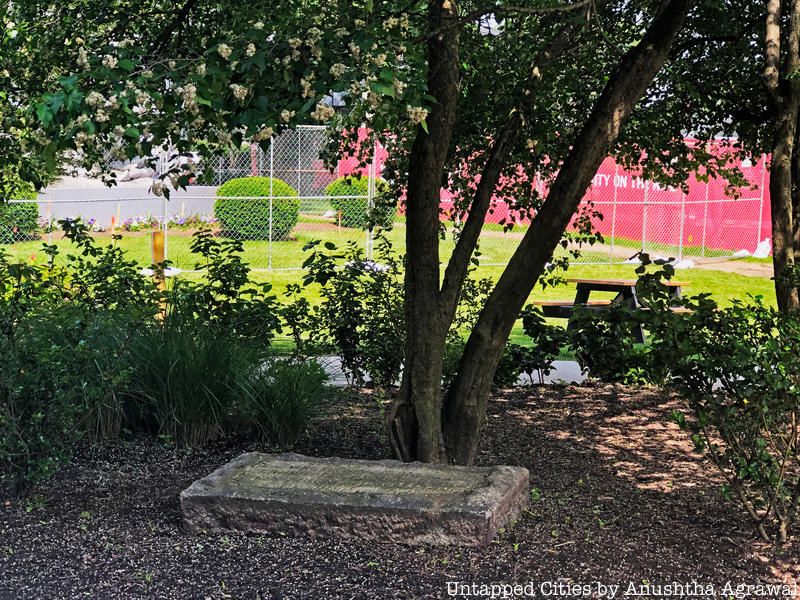
Even by modern-day standards, the size of the bridge is impressive: 200 feet wide and 200 feet high to accommodate 12 railroads, 24 traffic lanes and 2 pedestrian walks. The massive structure would have been double the length of the George Washington Bridge, and two supporting 825-foot-high towers would have been taller than the 792-foot Woolworth Building (the world’s tallest skyscraper at the time).
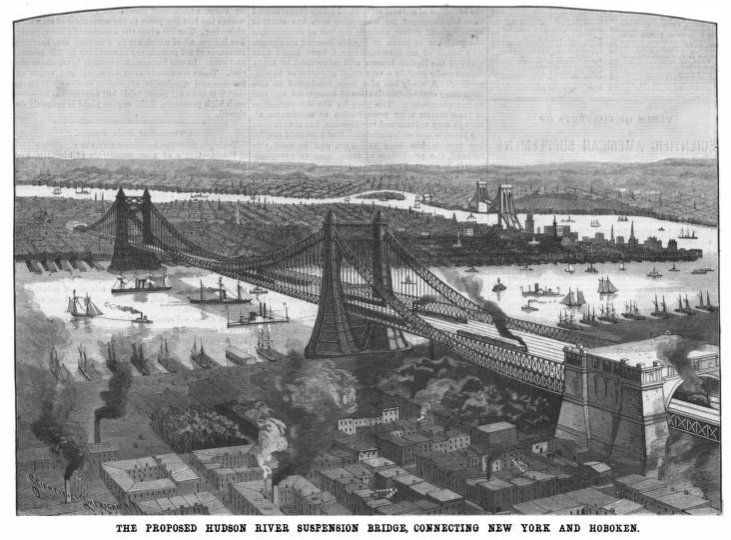
Rendering from Scientific American May 23, 1891
As hard as it may be to believe, these grandiose plans were a plan B. In the 1880’s, the Pennsylvania Railroad wanted to link New York and New Jersey via a tunnel underneath the Hudson. The Railroad was deterred by the possibility that smoke from the steam-powered trains would suffocate passengers underground. Instead, they hired engineer Gustav Lindenthal to design a great railway bridge to rival Scotland’s Forth Railway Bridge.
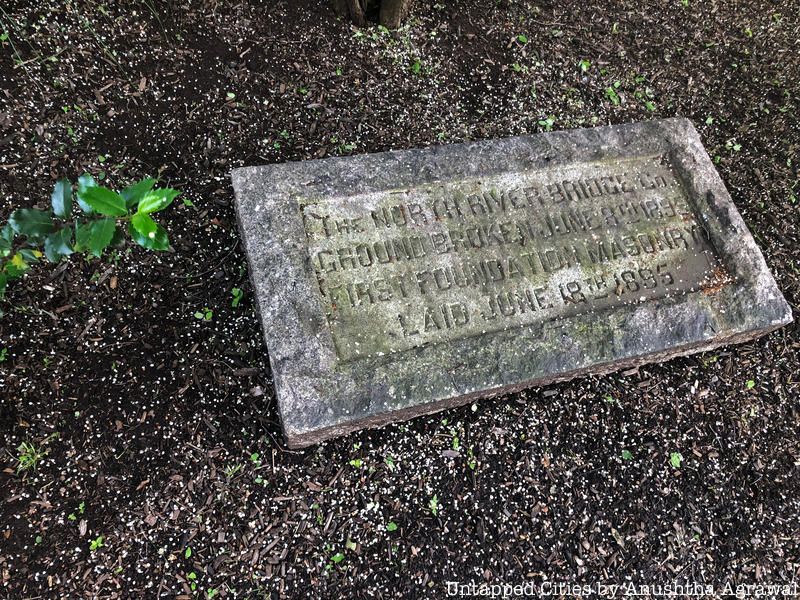
According to the Hoboken Historical Museum, the bridge’s construction alone would have cost $23 million, $40 million with related costs–roughly the same amount it cost to run all of NYC in 1888! So massive was the undertaking that Congress had to approve the plans before the North River Bridge Company could lay the cornerstone and prepare for construction.
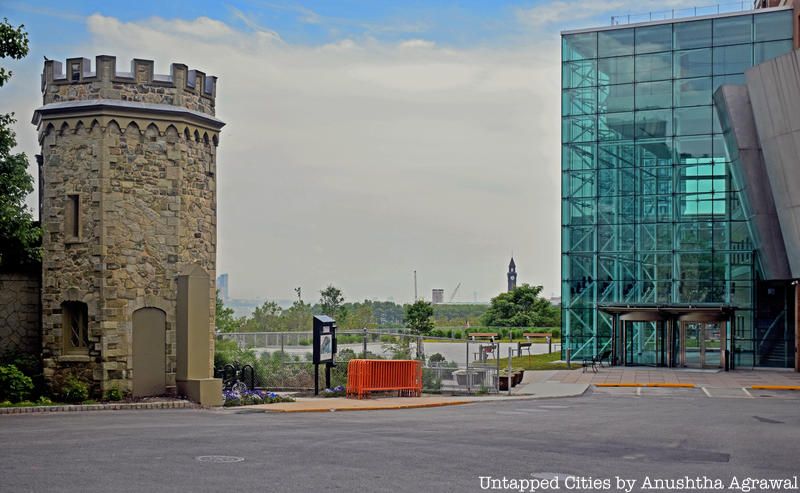
Construction was delayed by the financial panic of 1893, and eventually plans fell by the wayside. Construction had begun on the PATH tunnels, and the new century brought the electric train, which made tunnel-travel via railroad feasible. In 1910, the Pennsylvania Railroad completed construction on train tunnels to link Weehawken and today’s Penn Station.
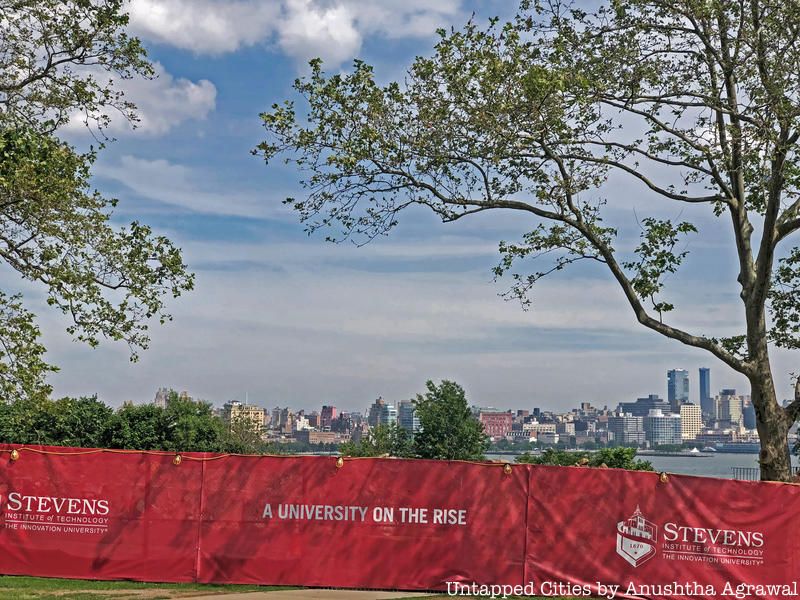
While Lindenthal never got his massive bridge, he did design the Queensboro and Hell Gate bridges. As New York moved into the Roaring Twenties, he wasn’t the only architect to propose grand plans for soaring bridges to connect Manhattan and the outer boroughs and neighboring states. Take a look at some other proposals that, though not as massive, were equally as imaginative.
See more from our NYC That Never Was series. Get in touch with the author @catku.
Subscribe to our newsletter